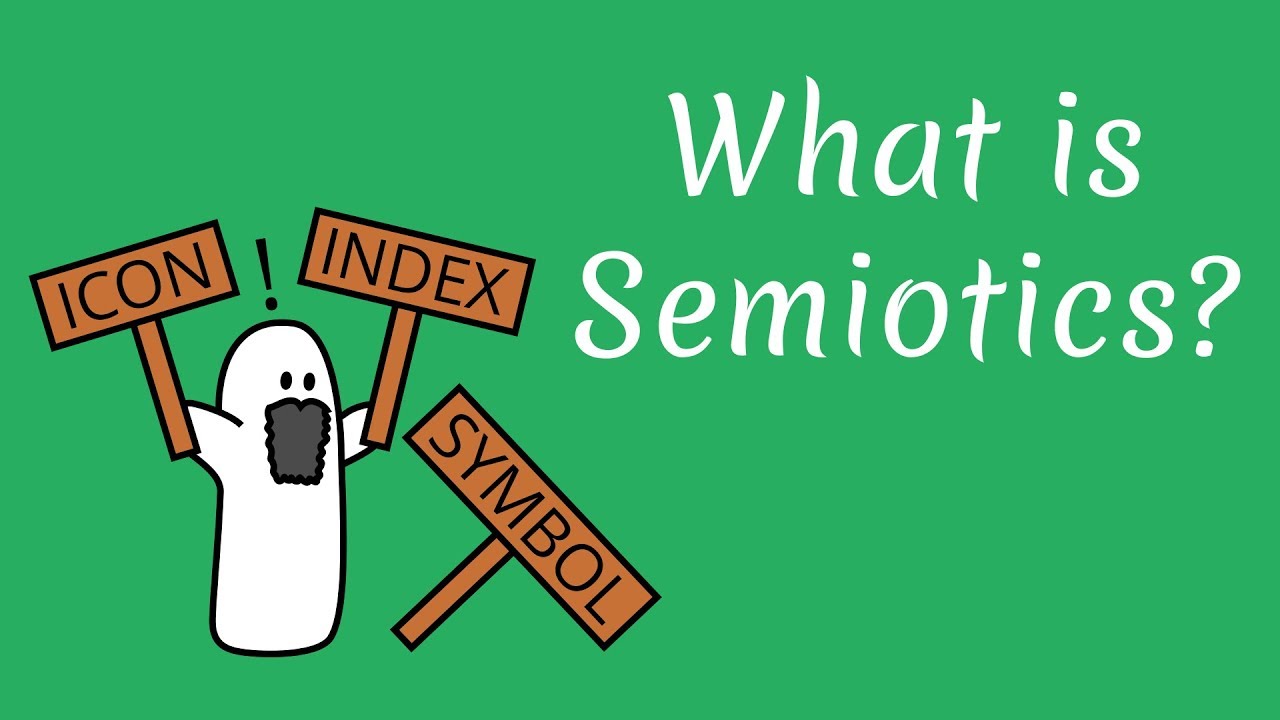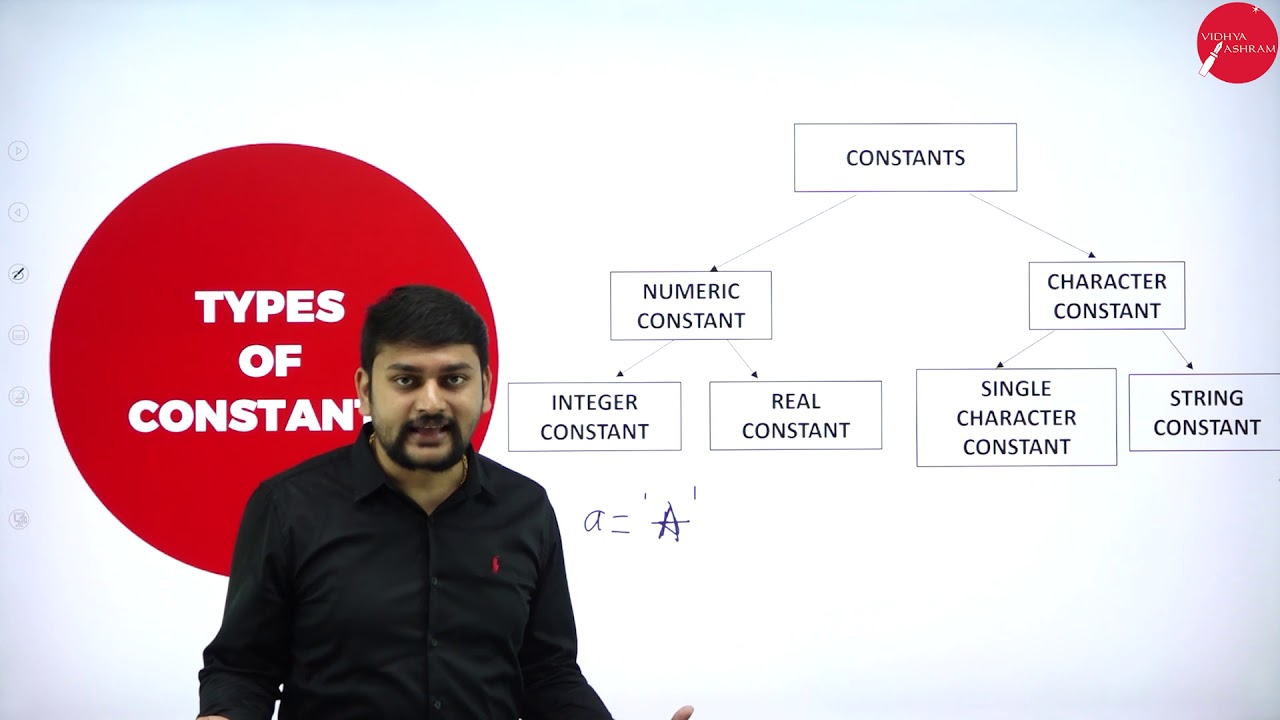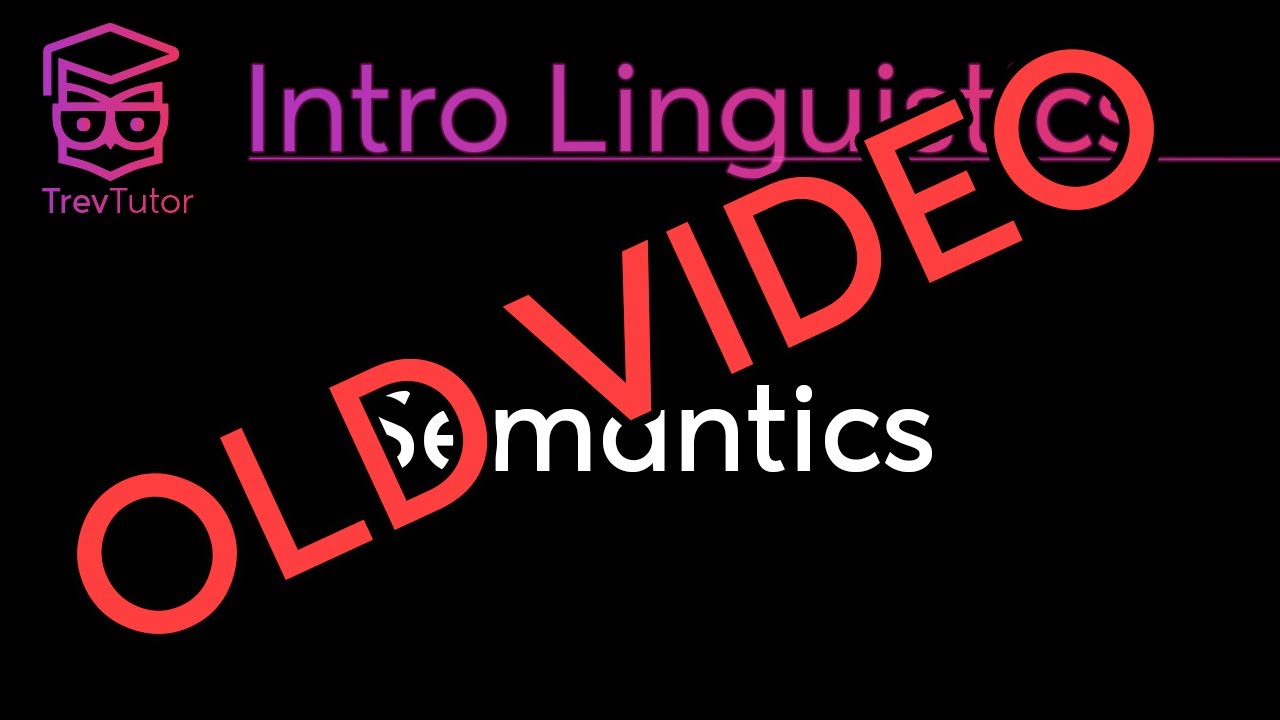This week get a quick introduction to Semiotics by learning the difference between an Icon, Index, and Symbol.
Follow us on social media:
Twitter: https://twitter.com/OccamAnswers
Facebook: https://www.facebook.com/Occams-Answers-1609580059112636/
Reddit: https://www.reddit.com/r/occamsanswers/
—————————————–
This blob is eating dinner. This blob is sleepy. This blob loves you. But how do we know that? This is a job for semiotics, the field of study that explores how humans and other organisms derive meaning from the world around them.
In semiotics, a sign is anything that represents or indicates something else, called the object. A sign isn’t necessarily pictorial, for example, the feel of a fruit may indicate its ripeness, and the sound of buzzing may mean there is a bee around. Charles Sanders Peirce defined three categories of sign (icon, index, and symbol) based on how the sign is related to the object. An icon directly resembles the object; it shares tangible qualities with the object. For example, a painting of a pipe is an icon representing a pipe, a map of London is an icon representing London, and the sound of coconuts may be an icon representing the sound of horses’ hooves in a film. An index has an implied association with the object; the sign and object are connected in a logical way. For example, a growling stomach indicates hunger, sunglasses and a white cane indicate blindness, and the smell of smoke indicates a nearby fire. A symbol is not inherently connected to the object, instead the connection is a matter of convention within a particular society. Because their meanings must be explicitly taught, symbols are easily misunderstood. Examples of symbols include the dotted lines on a road, symbolizing that drivers may pass one another and the Star of David symbolizing Judaism. Most words are also symbols, as they have no natural connection with the objects they represent.
Professionals in any field that involves interaction and communication can benefit from understanding semiotics. For example, user interface designers are charged with making websites, programs, and applications easy to navigate, and they often utilize icons, indices, and symbols to achieve that goal. In order to create an effective interface, designers may run side-by-side tests, called A/B testing, to determine which signs are best associated with the intended object. The public’s interpretation of signs changes very quickly in the realm of technology, as evidenced by the highly-debated use of the hamburger button to represent a menu. Through widespread use of the button and careful design choices surrounding it, the hamburger button is now correctly interpreted by most users and has quickly become an industry standard. Similarly, signs may become less attached to their meaning over time, such as the image of a floppy disk representing the save function. Formerly an index, as users associated a physical floppy disk with storing information, this button has become a symbol as new users learn its function without ever having experience with a floppy disk.
Animators and illustrators also need semiotics to understand how their work will be interpreted by audiences. While some depictions of emotions are based on natural and universal facial expressions, others are symbolic, and only make sense to certain audiences. This became clear when emoji, originally developed for a Japanese phone messaging service, were introduced to the west. This new audience used their own experiences with western comics and cartoons to interpret emoji, often in ways the original designers had not intended. For example, in western animation, an angry character may blow steam from their nose or ears, so western audiences interpret this emoji as angry, while the original intention was to depict a person exhaling in triumph after accomplishing a goal. Understanding how different cultures view certain symbols is of utmost importance in today’s world of global media.
These examples may imply that semiotics focuses only on human interactions with the man-made world, but in fact, biologists use semiotics to study how all life forms interact with and interpret their environment. The ability to express and interpret signs, however rudimentary, is one of the fundamental qualities that distinguishes living organisms from non-living objects. Furthermore, the ability to interpret abstract, symbolic signs seems to be unique to human beings, and may help to distinguish humans from non-human animals.
Whether you’re a fish looking for food or a student looking for the library, interpreting signs is an essential part of everyday life. Knowing more about how we make meaning from the world around us will help us to be better communicators and creators.
UC9c7fYarvpPtgURTQngzjQg
This week get a quick introduction to Semiotics by learning the difference between an Icon, Index, and Symbol.
Follow us on social media:
Twitter: https://twitter.com/OccamAnswers
Facebook: https://www.facebook.com/Occams-Answers-1609580059112636/
Reddit: https://www.reddit.com/r/occamsanswers/
—————————————–
This blob is eating dinner. This blob is sleepy. This blob loves you. But how do we know that? This is a job for semiotics, the field of study that explores how humans and other organisms derive meaning from the world around them.
In semiotics, a sign is anything that represents or indicates something else, called the object. A sign isn’t necessarily pictorial, for example, the feel of a fruit may indicate its ripeness, and the sound of buzzing may mean there is a bee around. Charles Sanders Peirce defined three categories of sign (icon, index, and symbol) based on how the sign is related to the object. An icon directly resembles the object; it shares tangible qualities with the object. For example, a painting of a pipe is an icon representing a pipe, a map of London is an icon representing London, and the sound of coconuts may be an icon representing the sound of horses’ hooves in a film. An index has an implied association with the object; the sign and object are connected in a logical way. For example, a growling stomach indicates hunger, sunglasses and a white cane indicate blindness, and the smell of smoke indicates a nearby fire. A symbol is not inherently connected to the object, instead the connection is a matter of convention within a particular society. Because their meanings must be explicitly taught, symbols are easily misunderstood. Examples of symbols include the dotted lines on a road, symbolizing that drivers may pass one another and the Star of David symbolizing Judaism. Most words are also symbols, as they have no natural connection with the objects they represent.
Professionals in any field that involves interaction and communication can benefit from understanding semiotics. For example, user interface designers are charged with making websites, programs, and applications easy to navigate, and they often utilize icons, indices, and symbols to achieve that goal. In order to create an effective interface, designers may run side-by-side tests, called A/B testing, to determine which signs are best associated with the intended object. The public’s interpretation of signs changes very quickly in the realm of technology, as evidenced by the highly-debated use of the hamburger button to represent a menu. Through widespread use of the button and careful design choices surrounding it, the hamburger button is now correctly interpreted by most users and has quickly become an industry standard. Similarly, signs may become less attached to their meaning over time, such as the image of a floppy disk representing the save function. Formerly an index, as users associated a physical floppy disk with storing information, this button has become a symbol as new users learn its function without ever having experience with a floppy disk.
Animators and illustrators also need semiotics to understand how their work will be interpreted by audiences. While some depictions of emotions are based on natural and universal facial expressions, others are symbolic, and only make sense to certain audiences. This became clear when emoji, originally developed for a Japanese phone messaging service, were introduced to the west. This new audience used their own experiences with western comics and cartoons to interpret emoji, often in ways the original designers had not intended. For example, in western animation, an angry character may blow steam from their nose or ears, so western audiences interpret this emoji as angry, while the original intention was to depict a person exhaling in triumph after accomplishing a goal. Understanding how different cultures view certain symbols is of utmost importance in today’s world of global media.
These examples may imply that semiotics focuses only on human interactions with the man-made world, but in fact, biologists use semiotics to study how all life forms interact with and interpret their environment. The ability to express and interpret signs, however rudimentary, is one of the fundamental qualities that distinguishes living organisms from non-living objects. Furthermore, the ability to interpret abstract, symbolic signs seems to be unique to human beings, and may help to distinguish humans from non-human animals.
Whether you’re a fish looking for food or a student looking for the library, interpreting signs is an essential part of everyday life. Knowing more about how we make meaning from the world around us will help us to be better communicators and creators.




Cool. I love it! Lot's of things I didn't know. How is semiotics used when discussing it? Do we just refer to the three types or use the word semiotics? I mostly use the three types interchangeably in conversation so having seen this video and knowing their differences is awesome. Subscribed 😀
ooh, it helped me understand 🙂 thanks for clear explaining.
Id like to know more✈️
This video was so helpful, thank you!
Speak more SLOWLY! The speed of the talking is painful. Could not watch all the way through.
Thank you! Everything is clearer now 🙂
Nice 😉
The most underrated channel.
This really helped:) Thank you
this was such a helpful video!
Helpful, though quick
So animals don't interpret semiotics but what would something like pavlovs dog be an example of?
Is this semiotics??? Where is ferdinand de saussure???